Tips & Techniques for Energy Conservation in Buildings
The high energy costs adversely affect all sectors of the economy and a determined effort to reduce the energy consumption and costs is, therefore, we need energy conservation and an energy efficient system in our homes as well as industrial and commercial sectors. Energy is one of the major inputs for the industry and is the mainstay of the economic development of the country.
For a developing country, the energy sector assumes the critical importance in view of the every-increasing energy needs requiring huge capital investments. The primary objective of the energy audit is to determine ways to reduce energy consumption to lower operating costs.
Energy can also be conserved if it is properly managed. Utilizing the same energy for maximum usage is the key to an efficient system.
Note: Cost taken for calculation is just for example and can vary from country to country.Below are some of the practical and most practiced ways of energy conversations in buildings:
- You may also read: Lighting Design Calculation in a Building – Step by Step
Replacement of High Power Luminaries with Low Lights (LED Lights) in the Building
Consider an old building with following traditional lights, and then the savings if we replace the old lights with respective LED lights will be
(All the data varies from country to country and manufacturer to manufacturer and it’s for reference purpose only, prices are in USD ($) which is taken for calculations of payback period only)
300 CFL’s of 36 watt are replaced with 18w LED
Saving = (number of lights) x (rating of existing light – rating of replaced light)
Saving=300×36-300×18 = 5400W
- 250 Tube lights of 40W with 20W LED lights
Saving = 250×40-250×20 = 5000W
- 20 Metal Halide lights of 150W with 45W LED warm white
Saving= 20×150-20×45 = 2100W
- 5 High Pressure Sodium Vapor lights of 250W with 90W LED warm white
Saving = 5×250-5×90 = 800W
Total saving after replacement = (5400+5000+2100+800) Watt = 13.32KW
Suppose the office is working 10 hours a day, 300 days a year and energy cost is $ 0.1/unit.
Saving in $ = 13.32x10x300x0.1= $ 3996/Annum (It will be more for offices working 24×7)
Investment: – (i)
LED Lights-cost of LED/watt is $ 1 = (300×18+250×20+20×45+5×90) x1 $/watt = $ 11750/-
Payback period= (Total investment) / (Saving per annum) =11750/3996 = 2 years 11 months.
Luminous performance characteristics of commonly used luminaries
Typically the LED lighting gives 80-105 lumens/watt.
- Keep interior building walls clean and painted with light colors to reflect light.
- Use low partitions to “share” the light in office areas. Instead of using two 20 watt T5 tube lights one 40 watt tube light can be used in sharing in the toilets. Suggest task lighting instead of overall room illumination.
You may also read: Energy Efficient Lighting and Techniques to Implement in the home.
Occupancy Sensors:
Occupancy sensor can be used for energy conservation and saving. It can sense the occupancy in the room and would turn off the lights when there is no occupancy. It is placed on the switchboard. When there will be no occupancy in the room it would cut the supply of lights and fans from the switchboard even if the switch is on.
Even this would reduce the chance of heating and fire in any appliances if someone forgets to turn it off. We can select which appliances we want to turn off automatically when we are not in the room like AC, FANS, LIGHTS, etc by a single Occupancy sensor to reduce the cost of using individual sensor for each appliance. Other appliances like Fridge, etc can be manually turned on and off.
It can save up to 10% of energy consumption for lighting witch is a best practice to achieve the energy conservation in the home and commercial sector.
For 60 occupancy sensors to be used (10 KW lighting load)
Saving = 20% of 10KWx10x300x0.1 = $ 600/-
Investment (cost of one sensor is $ 16) = 60×16 = $ 960/-
Payback period= 960/600= 1 year 7 months.
Switch for AC will be different than lights so we have to use 60 other sensors for AC (1.5 TR each). They will also save 10% power consumption but there cost will be more due to high current rating.
Saving = 60×1.5TR = 90×1.2 = 108 KW
20% of 108 KW = 21.6 KW
Saving in $ = 21.6x10x300x0.1 = $ 6480/-
Investment in $ = 60×40 = $ 2400/-
Payback period = 2400/6480= 4.5 months.
Set the fan speed on “high” except in very humid weather. When it is humid, a low fan speed will draw more moisture out of the air. Keep appliances away from your air conditioning thermostat. Heat from appliances causes the air conditioner to run longer. Open windows instead of using air conditioners or fans on cool days and evenings. Dress appropriately for outdoor conditions.
Other Areas Of Focus – Use of occupancy sensors Photo Cells/ Timers for Compound Lighting
Auto timers can be installed for the compound lights. With technological advancements, twilight switches can be used to switch the lighting depending on the availability of daylight. However, care has to be taken to ensure that the sensor is installed in a place, which is free from shadows, light beams of vehicles and interference from birds. Dimmers can also be used in association with photo-control.
Infrared and Ultrasonic occupancy sensors can be used to control lighting in cabins. It may be noted that more sophisticated occupancy sensors have a combination of both infrared and ultrasonic detection; these sensors incorporate a microprocessor in each unit that continuously monitors the sensors, adjusting the sensitivity levels to optimize performance.
You may also read: What Exactly Is A Smart Grid? Smart Grid Applications
General Areas
- Where day lighting is available, provide day lighting controls.
- Use continuous dimming for spaces with minor motion activity such as reading, writing, and conferencing. Use stepped dimming (on/off switching) for spaces with major motion activity such as walking and shelf stocking.
- Always mount ultrasonic occupancy sensors at least 6 to 8 ft. Away from HVAC ducts on vibration free surfaces and place so there is no detection out the door or opening of the space.
- In spaces of high occupant ownership such as private offices and conference rooms, always include switches for manual override control of the lighting.
Conference Room:
- Use dual technology occupancy sensors in larger conference rooms for optimal detection of both small hand motion and larger body movement.
- Ceiling or corner-mounted passive infrared occupancy sensors are used for medium and small conference rooms.
- Always include switches that provide manual override control of the lighting.
- Exterior Lighting Control
- Use a lighting control panel with time clock and photocell to control exterior lighting to turn on at dusk and off at dawn and turn non-security lighting off earlier in the evening for energy conservation and savings.
Variable Voltage Variable Frequency Drive
VVVF ( Variable Voltage Variable Frequency Drives) for door operating system is very efficient unit which is now being used by the lift manufacturers for door operating motor in all the lifts. There will be about 20% electricity consumption saving during operation of door motor at the time of opening and closing of lift doors.
Capacity of door motor- 11KW x10 lifts = 110 KW
Saving= 0.20x110x300x10x0.1 = $ 6600/-
Cost per lift = $ 1400/-
Investment = 1400×10 = $ 14000
Payback period = 14000/6600 = 2 years 2 month.
Solar System for Outdoor Lights
If outdoor lights have the consumption of 5kW, use solar system for outdoor lights which rating should be 11kW. Because it can be bear only 45% load of its rating.
Saving = 5kwx11x365x0.1 = $ 1980/- per annum
Cost of solar system will be $ 11880 (approx)
Payback period = 6 years.
Typical Life of solar panel is 15-20 years so they need to be maintained properly for maximum ROI (Return On Investment). Dust and moisture should be cleaned at regular intervals as they decrease the conversion efficiency.
Central AC
Instead of using different AC’s in all the rooms one central AC can be installed in the building. Energy consumption of central AC (0.66 KW per ton) is almost half of window or split AC (1.2 KW per ton).
Installations cost of window or split AC= $ 670 per ton.
Installations cost of central AC= $ 1350 per ton but the price reduces with increase in the capacity.
Saving= (1.2-0.66) x (1.5TR x 60) x10x300x0.1 = $ 14580/-
Investment = (670×1.5×60) = $ 60300/- ($ 670/ton for 90 ton capacity)
Payback period = 60300/14580 = 4 years 1 month
- Close all windows and doors during the heating and cooling seasons.
- You may also read: How to integrate a Renewable Energy system with Grid System
Floor Heating
Traditional room heaters consumes heavy electricity since they produce heat from I2R loss whereas the central heating system is not very efficient and has a high installation and maintenance cost. Floor heating is a modern solution for this problem.
Instead of heating the room from the floor via duct of central heater it heats the floor with the help of coils laid below the floor. Since hot air tends to move towards the floor there will be better heat distribution in the room compared to central heating in which only 20% hot air reaches the floor which means a considerable amount of saving in both electricity and maintenance.
- You may also read: What is Internet of Things (IOT) and Its Applications
Infiltration and Heating losses
Infiltration causes heat to be lost during the heating season or gained during the cooling season, resulting in discomfort to building occupants. In addition, it is a major contributor to unnecessary heating and cooling costs. To avoid this close all windows and doors during the heating and cooling seasons.
Shut off radiators and heating registers in corridors, vestibules, stairwells, and lobbies. Use thermostats with automatic night setback capabilities. Make sure the thermostats in your building are tamper-proof. Keep your heating equipment well tuned. An inefficient heating system wastes 30-50% of the energy it uses which is not suitable for energy conservation system.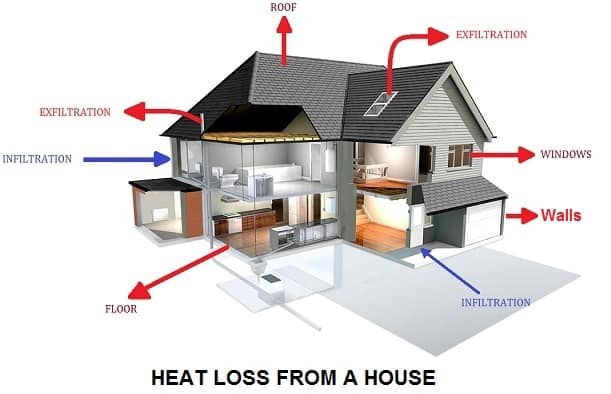
Special Recommendation for Energy Conservation in buildings
- In case where V belts are being used at ventilation blowers, It is suggested to use cogged belts instead of V belts. It will save 3% energy in power consumption and accounts for less slippage.
- By increasing room temperature settings for the AC by 1`C then it will save 3% power consumption of AC. So if room temperature is set to 21`C instead of 20`C it will not make much effect in the room temperature but a good amount of energy is saved. Also with increase in the temperature difference between room and surrounding the work done by the AC increase. So doors and windows should be closed properly.
- Keep the filters clean of split and window ACs otherwise on consuming same energy AC will condense the room slowly. So it will take more time to maintain the room temperature and more energy is wasted. Consider buying a refrigerator/freezer that must be defrosted manually. These are more energy efficient; however, don’t allow the frost to build up over 1/4″.
- Setting the AC temp to 16`C doesn’t allow it to cool the room quickly, it’s just a reference for AC thermostat to stop cooling anymore when the set temp is achieved. By leaving the setting to 16`C the AC keeps cooling the room even when it’s not required and hence consuming more energy.
- Use FRP blades in cooling tower in place of Aluminum blades. They have lesser power consumption in same output. They have less inertia and good strength.
- Install water level sensor in water tank so when it became full, motor will automatically stop because after the tank become full water does not goes into the tank but motor will be still running, so energy can be saved. A sensor should be installed in pump so when water is not coming, it should not pump unnecessary.
- You may also read: SCADA Systems for Electrical Distribution
Energy Management
To meet power consumption requirements on daily basis, on line energy conservation management system may be installed for close monitoring. This provides better view of the energy distribution in different parts of the building.
We can monitor how much energy is consumed by different rooms and Auxiliaries. So if any light or auxiliary will be on unnecessary during night it can be found and switched off. Plan, manage and implement energy conservation programmes as per Energy Conservation Act. To help the implementation of ECBE (Energy Conservation Building Code), various facilitative measures are being undertaken/planned by the BEE (Bureau of Energy Efficiency).
These include the energy conservation awards scheme, Awareness generation and training related activities, Capacity building of State and Municipal implementing agencies, Design Manuals, Software, and Training and Technical support for Architects, Engineers, and Code Officials & Awareness programs for building owners, designers, and users.
Energy Efficiency in Building
- IEEE 519—1992 addresses even harmonics by limiting them to 25% of the limits for the odd orders within the same range. Even harmonics result in an asymmetrical current wave which may contain a dc component that will saturate magnetic cores.
- The permissible limits for the various parameters are Neutral Current: 8—10% 0f the RMS current and Neutral Voltage: 2V
- As per IEEE 519 standards, the recommended limits of harmonics are:
Current harmonics: 8% THD, Voltage harmonics: 5% THD
Unbalance:
Current unbalance: 5%, Voltage unbalance: 4%
- Power factor should be maintained close to unity via Capacitor banks so that current losses in cables and panels are reduced and there is no penalty from the electricity board.
You may also read: Industrial Automation & Types of Industrial Automation
Note: In practical there is no such thing as Ideal system in any branch of Physics, one can only try to minimize the losses within tolerance limit but they can’t be reduced to zero to get 100% energy conservation and energy efficient system in the home. Still we should continuously try to improve the existing system to unlock & understand the maximum potential of Science.
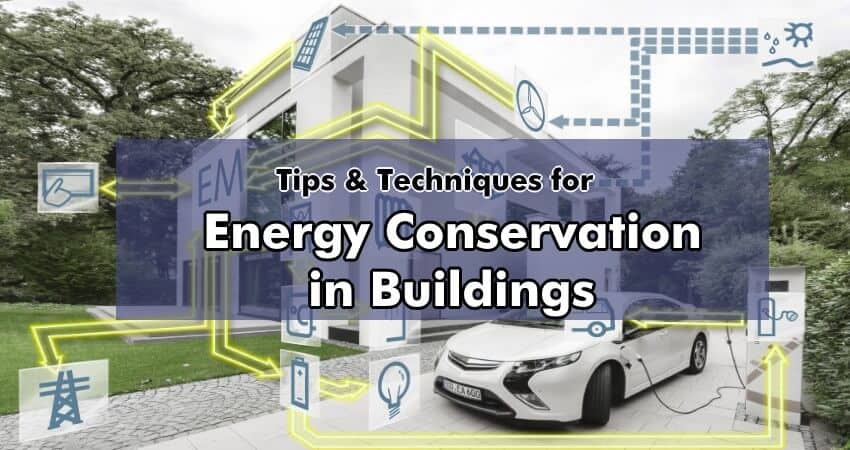

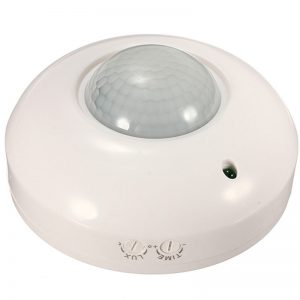
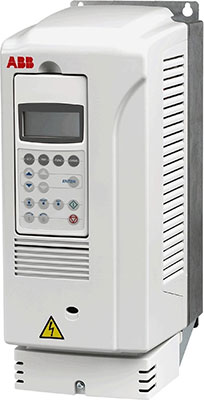
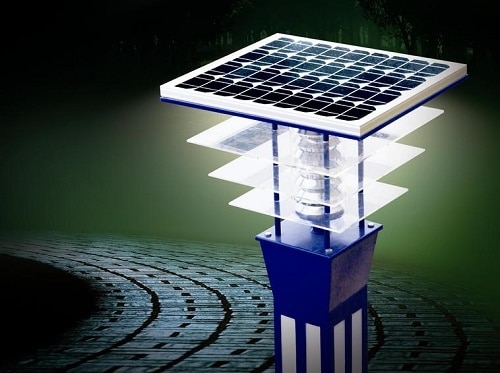
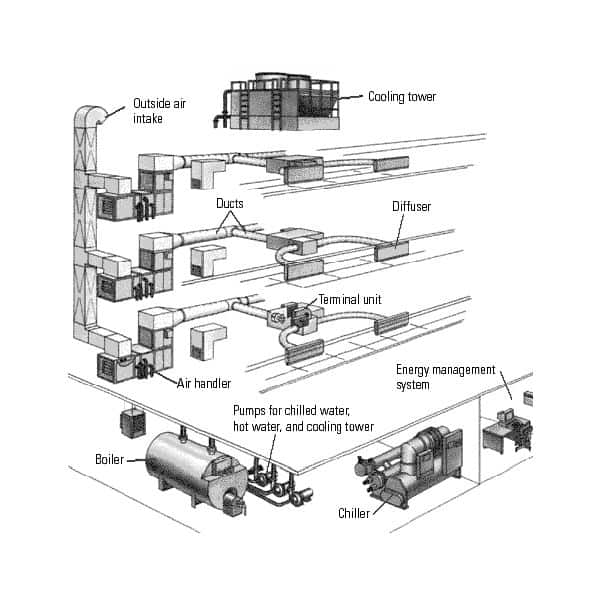
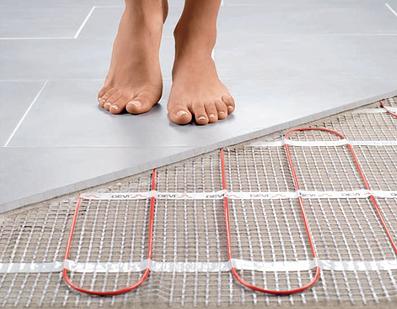
 Why is the Neutral Prong or Slot Wider on a Plug or Outlet?
Why is the Neutral Prong or Slot Wider on a Plug or Outlet? Why are there Grooved Slots in the Pins of Two Pin Plugs?
Why are there Grooved Slots in the Pins of Two Pin Plugs? How to Size a Branch Circuit Conductors with Protection?
How to Size a Branch Circuit Conductors with Protection? How to Size Feeder Conductors with Overcurrent Protection
How to Size Feeder Conductors with Overcurrent Protection How to Size Service-Entrance Conductors and Feeder Cables?
How to Size Service-Entrance Conductors and Feeder Cables? How to Size Equipment Grounding Conductor (EGC)?
How to Size Equipment Grounding Conductor (EGC)?